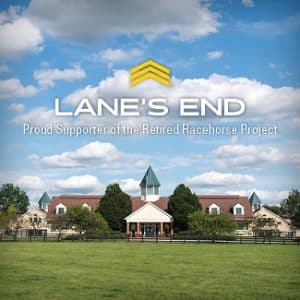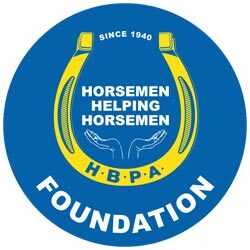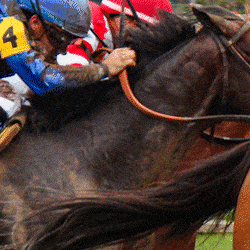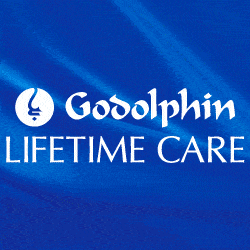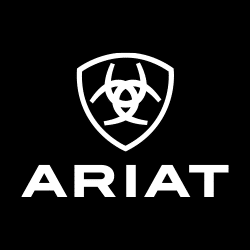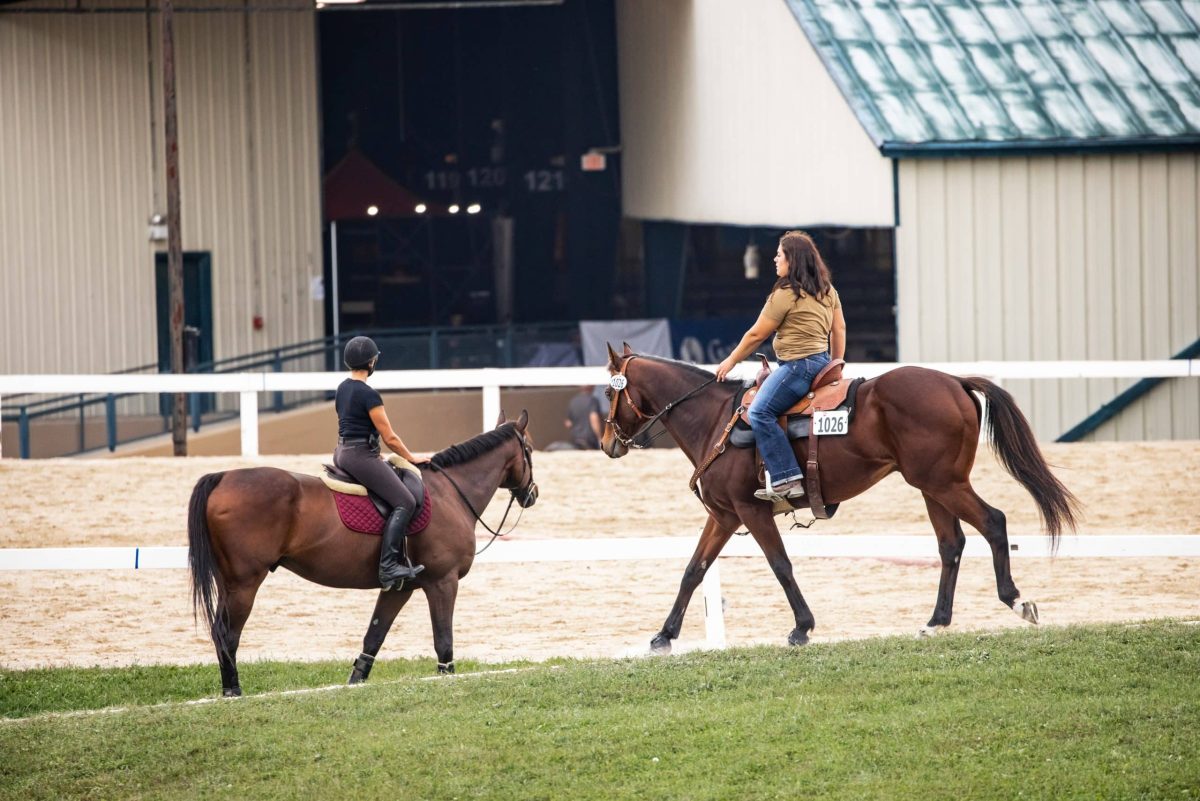
Bethany P Photography
For many casual fans of the breed, the word “Thoroughbred” evokes rolling green hills, black four-board fencing and airy breezeway barns topped with picture-perfect cupolas in Kentucky, the heart of the nation’s Thoroughbred industry. While an ever-increasing number of the Thoroughbreds bred in North America hail from Kentucky, that percentage might not be as high as you think. Only 38.6% of the 2020 North American foal crop was born in the Bluegrass, according to The Jockey Club’s 2022 Kentucky Fact Book.
That means roughly 60% of the annual Thoroughbred foal crop comes from other states or Canadian provinces, with statebred programs supporting regional racing all over North America (as well as producing their fair share of influential graded stakes contenders). What factors dictate the decisions regional breeders make? We spoke with members of the breeding, racing and aftercare industries in Alberta, Louisiana and Pennsylvania to learn more.
Form Follows Function
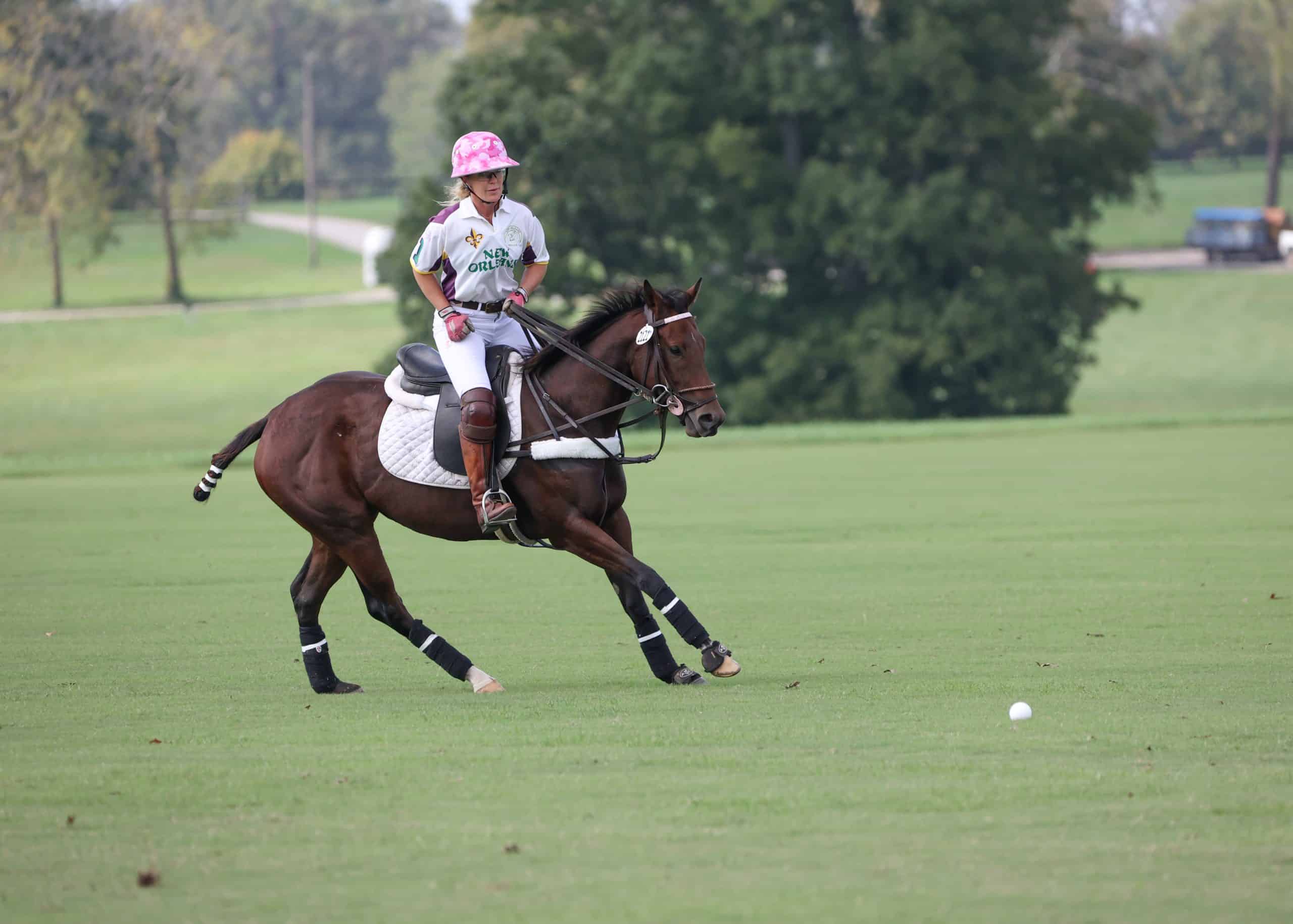
Jade Favre sold Louisiana-bred Hot Wine to a polo home, which suits a horse with a sprinter’s conformation. CanterClix
All racehorses possess some level of speed and stamina, but individual conformation and natural ability can affect where they’ll find success on the track. Sprinters — horses running races less than a mile in length — generally tend to be on the stockier side, shorter-coupled with powerful hindquarters and shorter cannons. Routers — horses running a mile to a mile and a half — tend to be leggier with a sweeping shoulder and far-reaching stride. (As anyone who has worked with horses knows, there are exceptions to these general guidelines.)
Most Thoroughbred races in North America are run from 5 furlongs to a mile and a half, so horses are generally bred to run races within these parameters — and local and state track conditions often dictate these parameters further.
“Here in Alberta, Canada, you’re only breeding for a dirt track,” says breeder Amber Jacobson, of Running Fawcett Thoroughbreds. “We don’t have turf or all-weather tracks here.”
While individual bloodlines might be versatile, breeders generally set themselves up for success by seeking lines proven on particular surfaces.
Until recently, breeders in Alberta also had to consider the “bull ring” style track at the now-defunct Northlands Park, in Edmonton: The 5/8-mile track required a sprinter that could handle a very tight turn in a short race.
“For many years, we were intentionally breeding smaller horses who could take that tight corner,” Jacobson says. Now that Northlands is closed, replaced in 2019 by Century Mile, longer races are available, and different running styles can find success.
“We’re starting to look for horses who can come from the back and run a longer distance — it’s a longer stretch. I’m starting to see bigger horses, 16.2 and up, being successful.”
Jade Favre, who breeds, works on the backside as part of a training operation and rehomes horses after racing in Louisiana, echoes Jacobson’s observations. “Louisiana breeders are usually looking for speed,” she says. “Conformationally, Louisiana stallions look almost more like Quarter Horses. They might be a little smaller. You don’t see the big rangy types like you might in Kentucky.”
Layne Shaffer, farm manager at Arrowwood Farm, in York, Pennsylvania, says Arrowwood chooses pairings that complement their mares, rather than breeding for a specific distance. The Arrowwood mare band comprises many types: Owner Tom Coulter “loves a turfy-looking horse, a more classic Thoroughbred look with a big shoulder and big feet,” says Shaffer. “And maybe because of my background in Western riding disciplines, I’m more drawn to a stockier build that looks like it’s going to be fast. So we have a little bit of each here.”
Racing and the Commercial Market
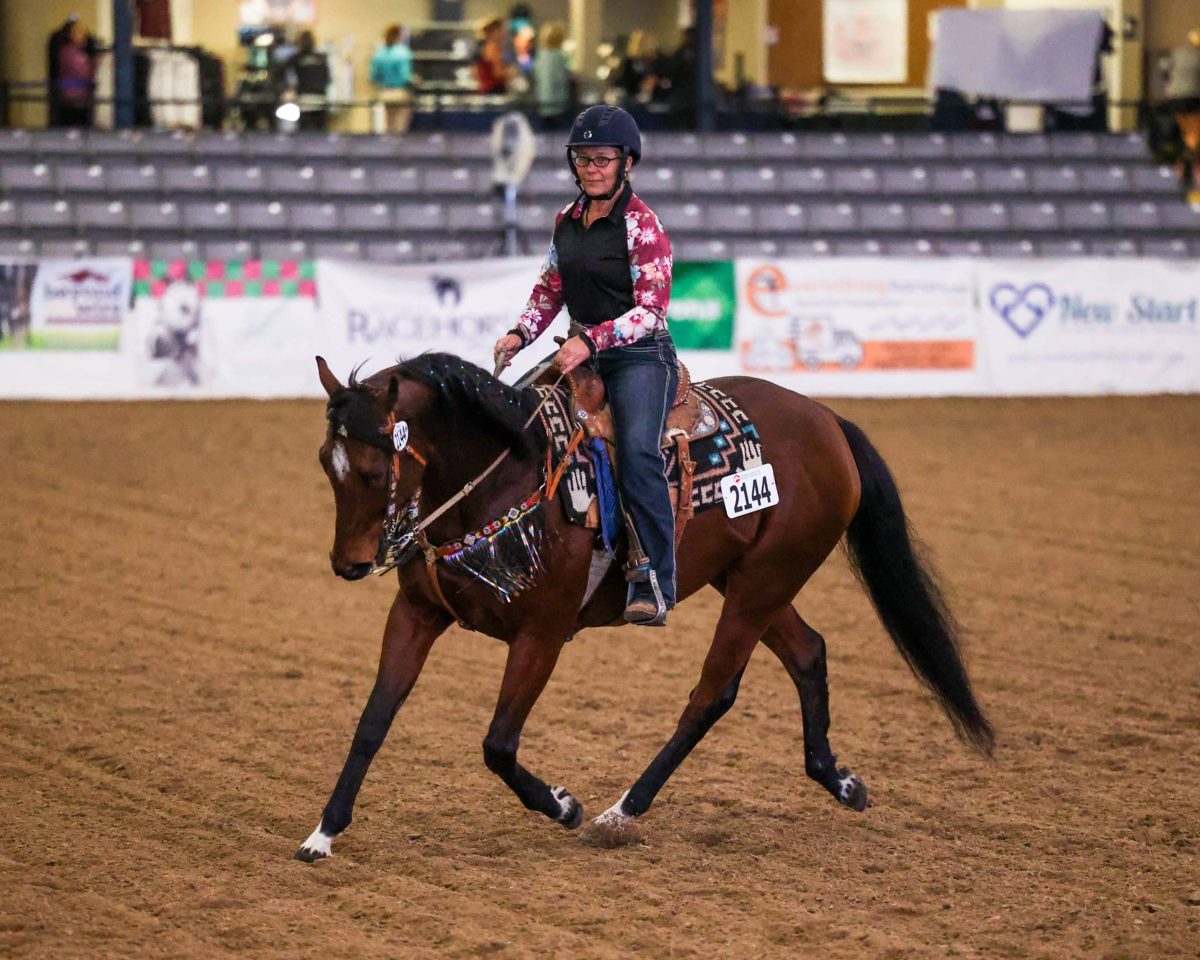
Alberta-bred John’s Quest has found second-career success as a barrel racing and trail mount. CanterClix
Lucrative incentive programs for statebreds reward breeders and owners for staying in state, and tracks routinely hold races restricted to statebreds.
In Louisiana the statebred races are especially important during the winter meets, when bigger racing strings from further north migrate south for milder temperatures. “If you’re running in the open races, you’re probably going to be running against some big names,” Favre says. At Fair Grounds, which tends to attract bigger names in racing, the only turf races tend to be allowances, further funneling Louisiana-bred conditional races into sprints on the dirt. Using Louisiana’s Delta Downs’ 2021-2022 season as an example, about two-thirds of all races for Louisiana-breds were run under a mile on the dirt.
Pennsylvania’s breeder and owner incentives pay out to the extent that it wouldn’t make business sense to race much out of state, Shaffer observes — though Arrowwood has started racing more at Maryland’s Laurel Park when it suits an individual horse. Most of Arrowwood’s string is stabled at Penn National, only an hour from the farm, which makes checking in and watching races easy. “The card on any given night at Penn is usually 6- and 7-furlong races,” Shaffer says. “But there are a few two-turn races, as well.”
Despite Alberta’s new Century Mile racetrack that, as its name suggests, is a full mile, Jacobson says most of the races are still sprints — whether as a carryover to support a population of horses transitioning off the bull ring track to a mile or because that’s what breeders are producing. Jacobson estimates most Alberta trainers had never trained on a mile racetrack before 2019, which is also likely a contributing factor. “We’re still racing shorter distances in general,” she notes.
Looking at the national stakes calendar as of press time, 517 sprint stakes had yet to run in 2022, compared to 561 routes between a mile and a mile and a half. When looking at the state-restricted stakes schedules for tracks in Alberta, Louisiana and Pennsylvania, however, more than half to as many as two-thirds of the races are sprints.
But which came first — races at sprinter distances, or state breeders’ tendency to produce that type of horse? That’s a chicken-and-egg question with several possible answers. Horses tend to start their careers at shorter distances, and many of them never run longer than a single-turn race, which could be creating a larger population of sprinting types that never stretch to a mile or longer. Or, perhaps North American breeders are simply focusing more on speed and less on stamina.
Another major factor that can affect breeding decisions? The commercial market for weanlings, yearlings and 2-year-olds, who are bought and sold based on potential. Arrowwood typically breeds to race, Shaffer says, but for a mare with a good page (the record of a female family’s production printed in the auction book), the farm tries to select stallions with continued commercial value, leaving the door open to sell young bloodstock at public auction. “For a mare who produces hard-knocking racehorses or just has an average page, we’ll typically breed her locally and keep that foal to race ourselves,” Shaffer says.
The commercial market also affects breeders’ decisions in Alberta. “If a sales page is mostly turf, very few buyers are interested in them,” Jacobson says. “When selling yearlings, I’ve always had more success if they’re Alberta-bred but Kentucky-sired. We do now have Alberta stallion stakes written, so maybe we’ll start to see an increase on prices for our commercially viable stallions standing here in the province.”
After Racing
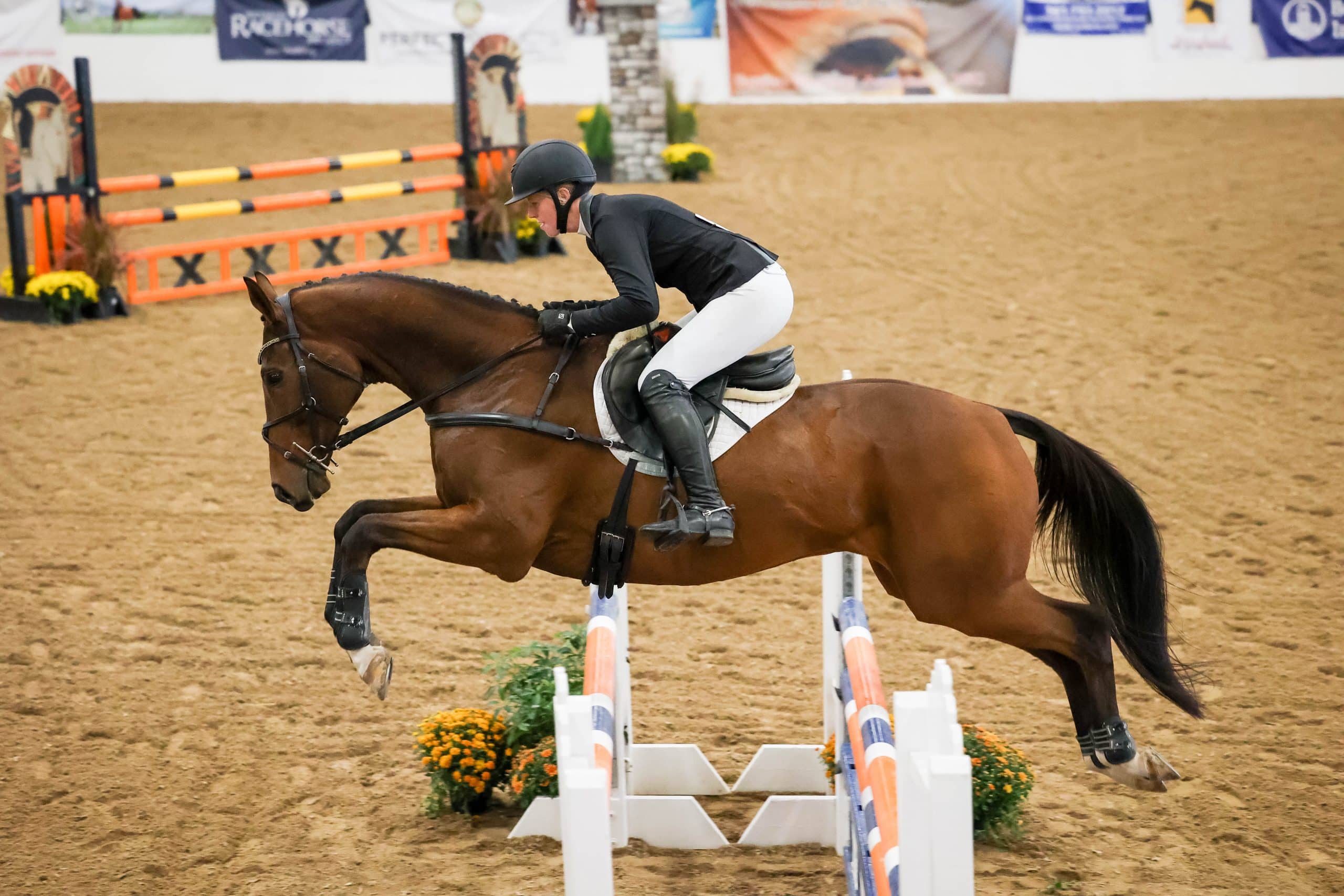
Top Pennsylvania-Bred at the 2021 Thoroughbred Makeover, Aiken Prep, ran mostly sprints in his warhorse career on the track. CanterClix
If state-based breeders are tending toward compact sprinter-type horses in their programs, one might assume they’d see more statebred horses gravitating toward Western-based sports or polo, all of which require short-coupled horses with powerful bursts of speed. But that’s not necessarily the case, say all three of our sources.
“I’m still placing more of our horses after racing into English-based homes than Western, which is to be expected,” says Shaffer, who runs barrels with an Arrowwood-bred horse. “I’ve actually sold quite a few that I thought conformationally would make really good barrel horses into eventing homes. Really, our horses go on to do a little bit of everything — we’ve had eventers, barrel racers, an endurance horse, some trail and lesson horses.”
Favre’s experience has been similar. “Thoroughbreds are by far the most versatile breed,” she says. “I don’t notice a lot of difference in my horses based on conformation for where they go in a second career. Nearly all of mine go into English disciplines, even the Quarter Horse sprinter types.”
Jacobson, who rode her homebred Silence Is Awesome to victory in the 2019 Thoroughbred Makeover Ranch Work discipline, agrees that while a good number of Alberta-breds have a nice Western look to them, the demand for them in second careers is still largely among the English-based disciplines. “I do still come across true ranchers who love a full Thoroughbred or an Appendix for the stamina. They’re still a little bit of a hard sell to Western riders who have never worked with one before.”
While it’s true that many great Thoroughbreds have found their callings in careers they’re not necessarily built for, seeking particular conformation or running experience might be a consideration for many riders looking at prospects for second careers. Considering the state or province in which a horse was bred and the types of races he or she ran can be another factor to keep in mind when searching for your next Thoroughbred partner.
Statebreds at the Thoroughbred Makeover
While no single entity in Thoroughbred racing or aftercare keeps statistics on the number of horses retiring into second careers each year, looking at numbers at recent Thoroughbred Makeovers can offer insight into where statebred horses are going.
Since 2015 about 34% of the total population of horses registered to compete in the Makeover have been bred in Kentucky. Florida and New York’s breeding programs contribute a significant number of horses, providing 10% of all Makeover-registered horses apiece; Pennsylvania-breds constitute another 7%. Overall, homebreds represent 41 states or provinces.
No one state’s breeding program has established itself over Makeover history as having a particular advantage in a particular discipline. Representing the range of types within the Thoroughbred breed, winners across all 10 Makeover disciplines in the past three years have hailed from many states and provinces (plus Ireland).
A variety of special awards are given at the Makeover each year, sponsored by state breeding associations as well as individuals and organizations seeking to promote particular programs. Recent winners of each statebred award represent a range of disciplines.
If statistics from the Makeover are any guide, the Thoroughbred’s versatility and trainability might prevail over conformation and original purpose.




